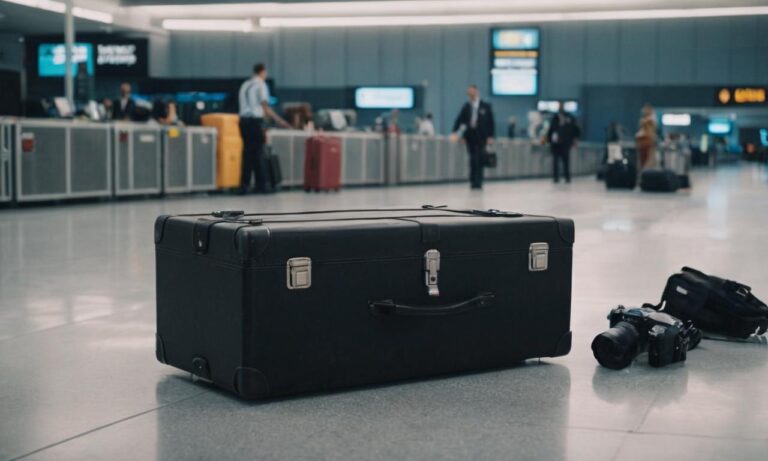Planning to travel and wondering whether you can bring your drone along for the journey? Navigating the rules and regulations surrounding the transportation of drones on planes can be a bit tricky, but fear not. We’re here to provide you with a comprehensive guide on bringing your drone on a plane without any hiccups.
Understanding Airline Policies
First and foremost, it’s crucial to recognize that each airline may have its own set of rules regarding the transportation of drones. Before you pack your drone in your suitcase, visit the official website of the airline you’re flying with. Look for their specific policies on carrying unmanned aerial vehicles (UAVs), commonly known as drones. Some airlines have restrictions on the type and size of drones allowed on board.
Keep in mind that policies can change, so it’s advisable to double-check the regulations closer to your travel date. Ignoring these rules could result in your drone being confiscated or facing other consequences.
Security Screening and Batteries
When you decide to bring your drone on a plane, you’ll need to go through security screening like any other electronic device. Ensure that your drone and its accessories are easily accessible for inspection. Security personnel may ask you to turn it on to verify its functionality.
One critical aspect to consider is the drone’s batteries. Lithium-ion batteries, commonly used in drones, are subject to specific regulations. Most airlines have restrictions on the size and quantity of lithium-ion batteries you can bring on board. To avoid any issues, it’s recommended to carry your drone batteries in your carry-on luggage rather than checking them in.
Traveling Internationally
If you’re flying internationally, be aware that drone regulations vary from country to country. Research the drone laws of your destination beforehand to ensure compliance. Some countries may require you to register your drone or obtain a permit before flying. Failure to adhere to these regulations could result in fines or confiscation.
Additionally, check the regulations of the airline you’re flying with and any layover countries. It’s essential to stay informed about the specific requirements at each stage of your journey.
Secure Packaging
When packing your drone, use a sturdy and protective case to prevent damage during transit. Consider removing any detachable parts and securing them separately. This not only ensures the safety of your drone but also streamlines the security screening process.
Final Thoughts
In conclusion, bringing a drone on a plane is possible, but it requires careful consideration of airline policies, international regulations, and security procedures. By staying informed and planning ahead, you can enjoy capturing breathtaking aerial views without any travel-related hassles.
Frequently Asked Questions
Curious about more details regarding traveling with drones? Here are some frequently asked questions to help you navigate the skies smoothly:
1. Can I Bring Multiple Drones?
Most airlines have restrictions on the number of drones a passenger can carry. Check with the airline beforehand to avoid any surprises during security checks.
2. What Are the TSA Guidelines?
The Transportation Security Administration (TSA) has specific guidelines for carrying drones. Familiarize yourself with these regulations to ensure a hassle-free experience at the airport.
| Question | Answer |
|---|---|
| Can I bring spare drone batteries? | Review the airline’s policy on lithium-ion batteries. In most cases, it’s recommended to carry them in your carry-on luggage. |
| Do I need insurance for my drone? | While not mandatory, having insurance for your drone can provide financial protection in case of accidents or damage during travel. |
Additional Considerations for Smooth Travel
Aside from the core aspects discussed earlier, here are some additional considerations to enhance your travel experience with a drone:
3. Weather Conditions
Be mindful of the weather conditions at your destination. Extreme temperatures or adverse weather may impact your drone’s performance.
4. Drone Registration
Some countries require drone registration. Ensure compliance with local regulations by registering your drone before traveling internationally.
- Check if your destination has no-fly zones or restricted areas for drones.
- Stay updated on software and firmware updates for your drone model to ensure optimal performance.
Ensuring Smooth Security Checks
To expedite the security screening process, follow these tips:
5. Arrive Early
Arriving early allows ample time for security checks, reducing stress for both you and security personnel.
6. Communication
Inform security personnel in advance that you’re traveling with a drone. Clear communication can streamline the inspection process.






